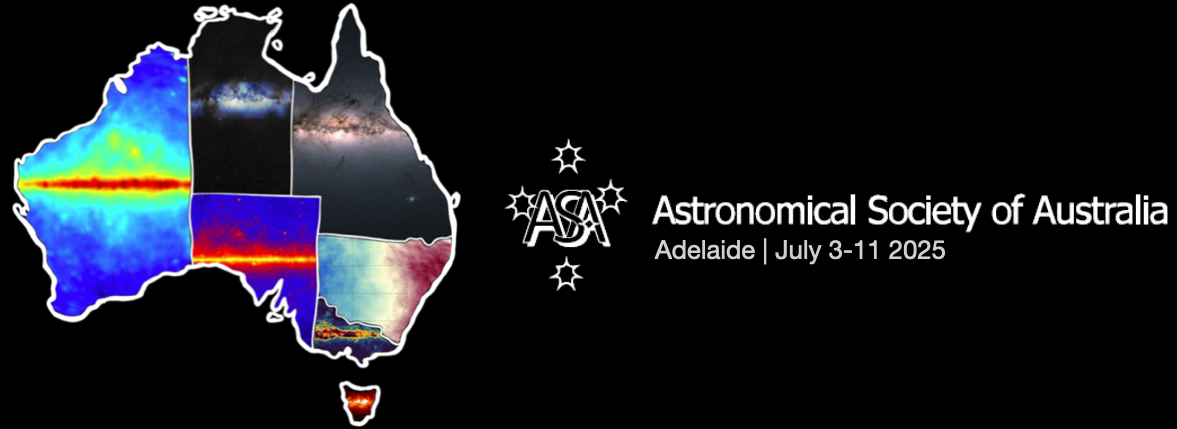Speaker
Description
Long-period radio transients represent a newly identified class of astronomical objects with emission periods lasting minutes to hours. Their origins remain uncertain, with highly magnetised white dwarfs and neutron stars as leading candidates. These objects emit polarised, coherent, and beamed radio signals, resembling pulsars. Standard models suggest pulsars cease emitting as they slow down, yet these transients defy that expectation, challenging existing theories of compact stellar objects and radio emission mechanisms.
In the first part of my talk, I will present the discovery of ASKAP J1839−0756, the longest-period known radio transient, with a 6.45-hour period. Its emission pattern suggests an ordered dipolar magnetic field, featuring bright pulsar-like main pulses and weaker inter-pulses offset by half a period—indicative of an oblique or orthogonal rotator. This phenomenon, observed for the first time in a long-period radio transient, confirms that the emission originates from both magnetic poles and directly links the observed period to its rotation. Spectroscopic and polarimetric properties of ASKAP J1839−0756 support a neutron star origin, providing key insights into long-period radio sources.
In the second part, I will present results from a recent radio survey at low Galactic latitude, attempting to identify additional long-period transients. Using the VASTER pipeline, which generates continuum-subtracted 10-second images from ASKAP EMU data, we searched for minute-timescale transients near the Galactic plane. Although no long-period transients were found, we discovered six radio transients from main-sequence or dwarf stars, including three previously unknown sources. This study places more stringent limit on the surface density of radio transients and offers insights for future transient survey strategies.

